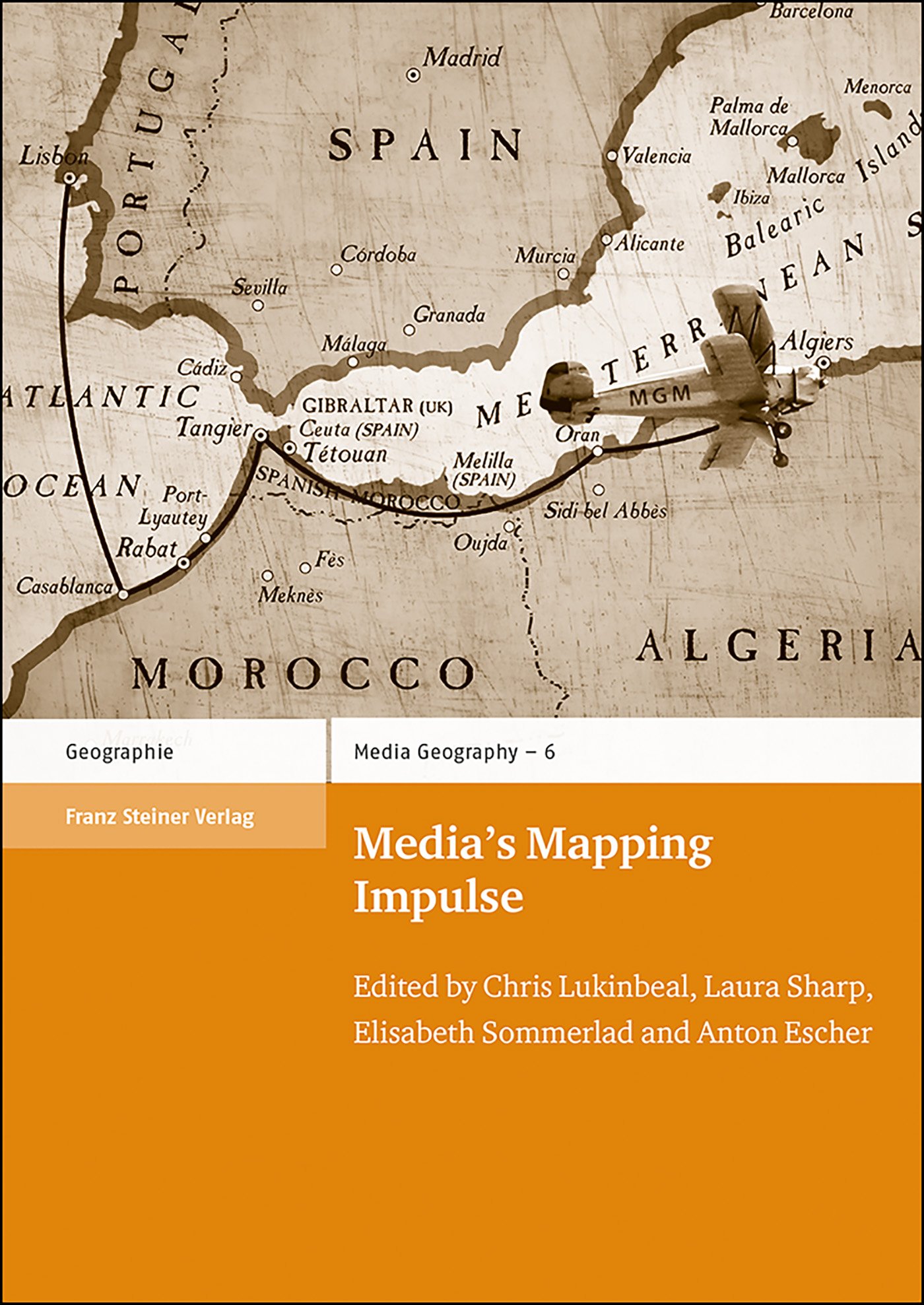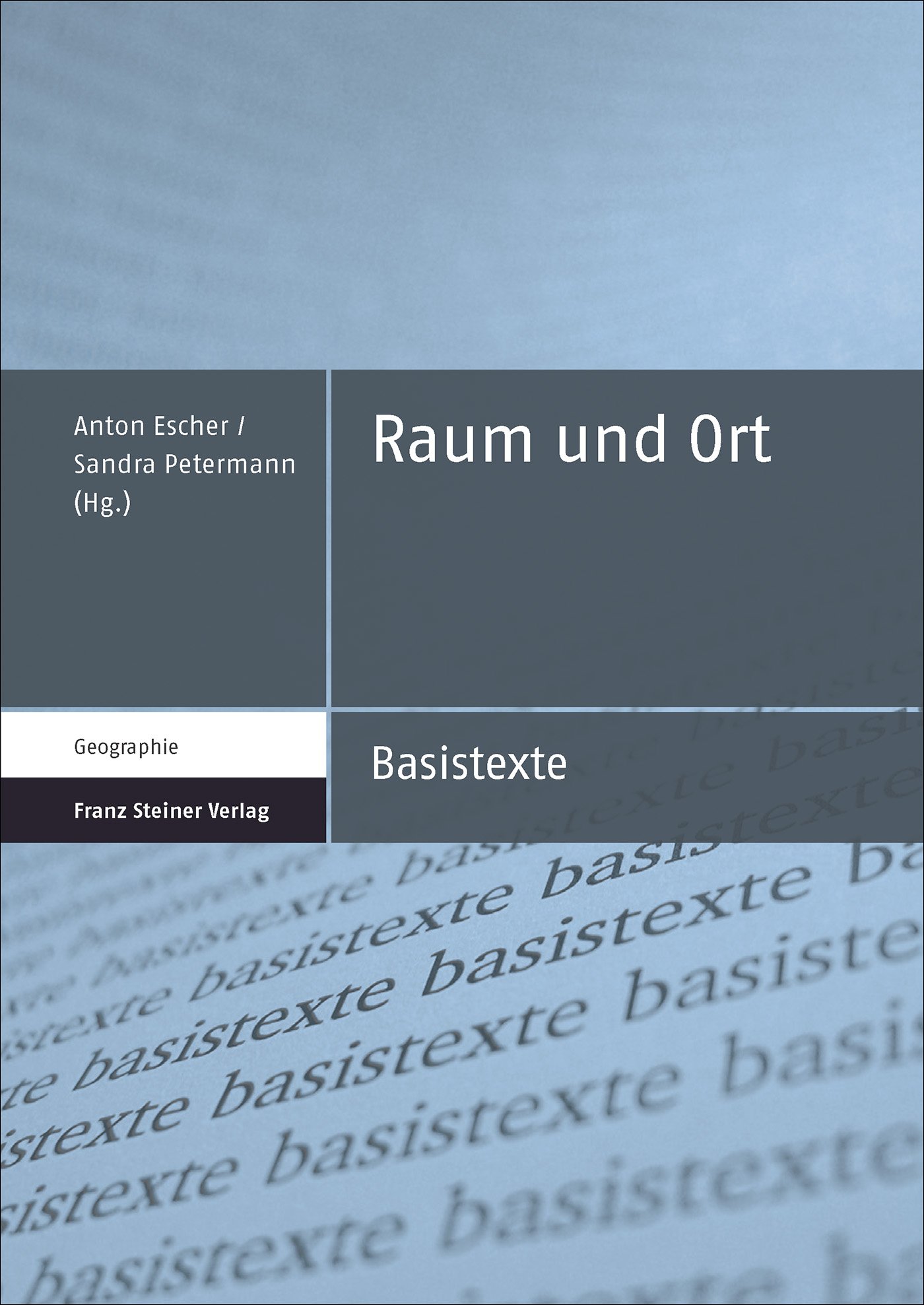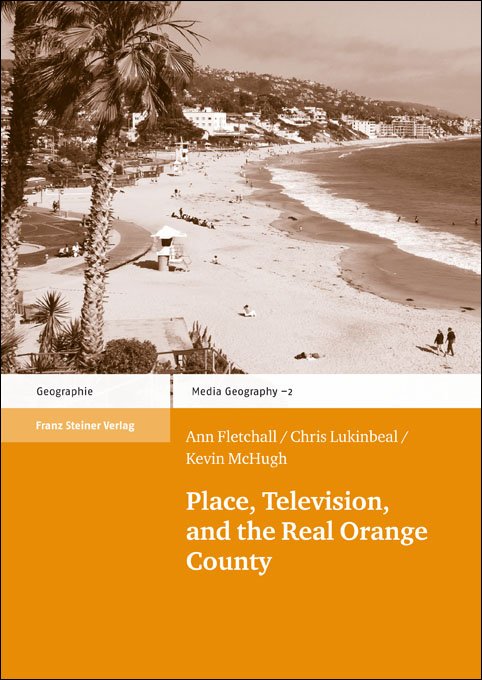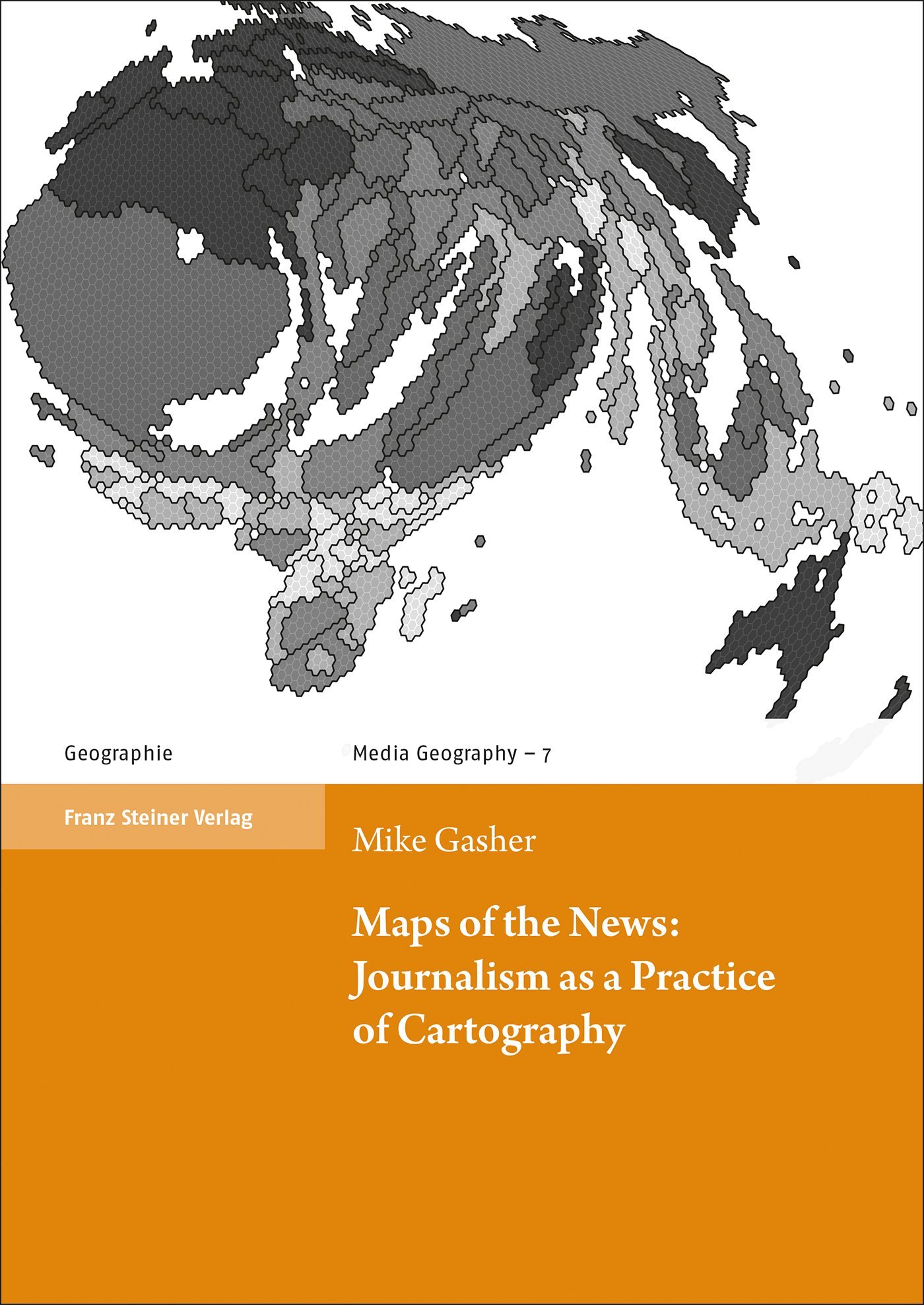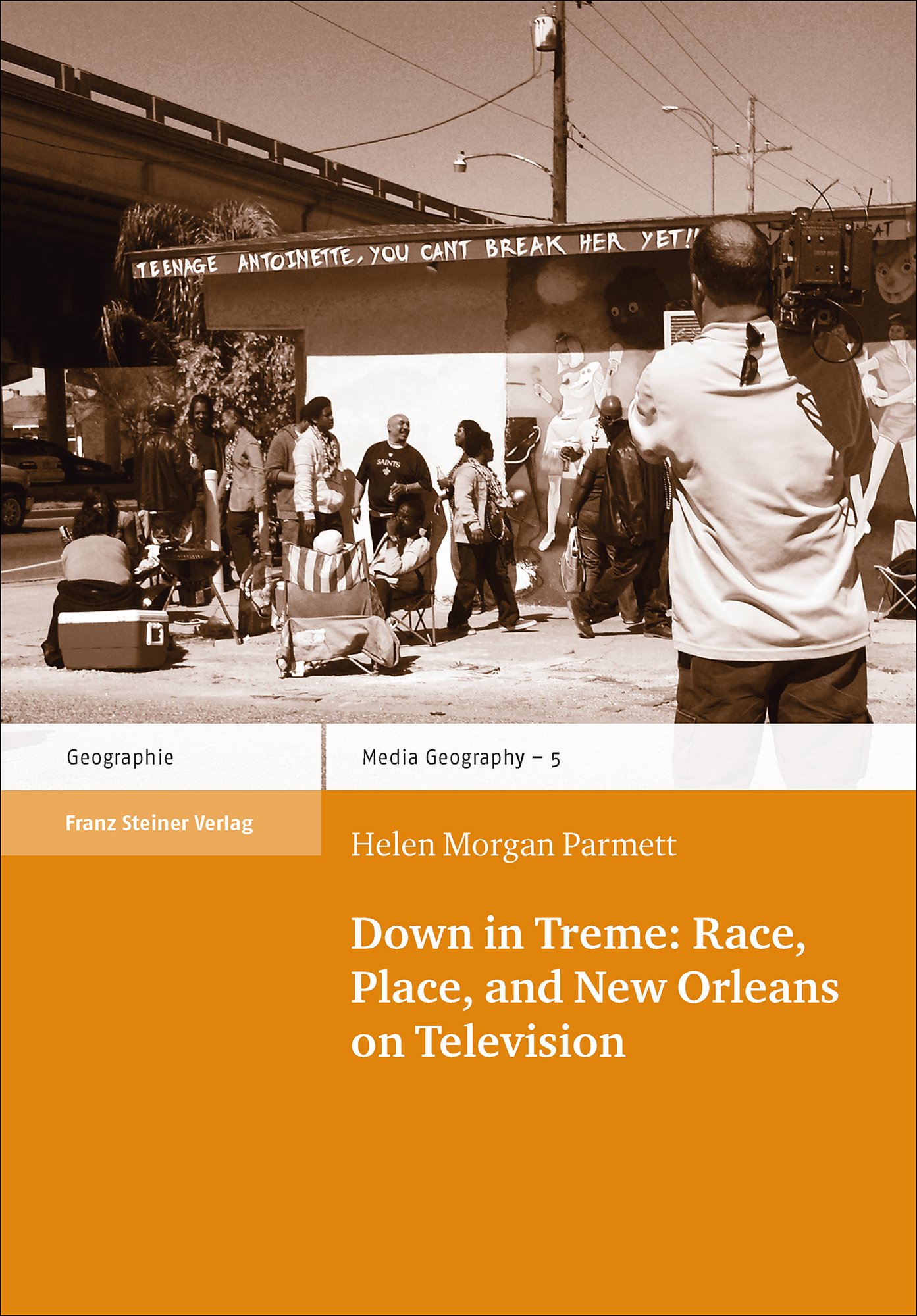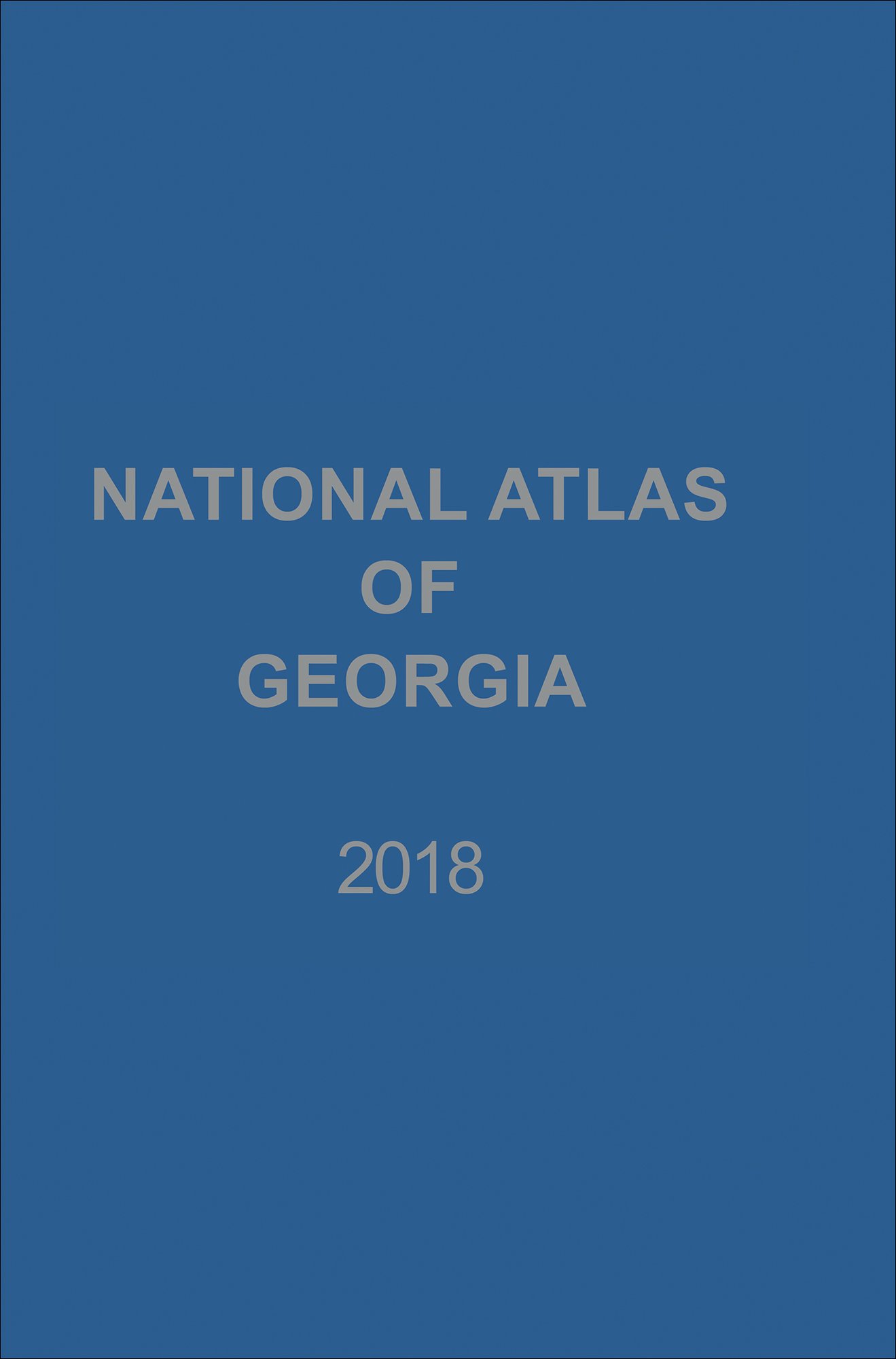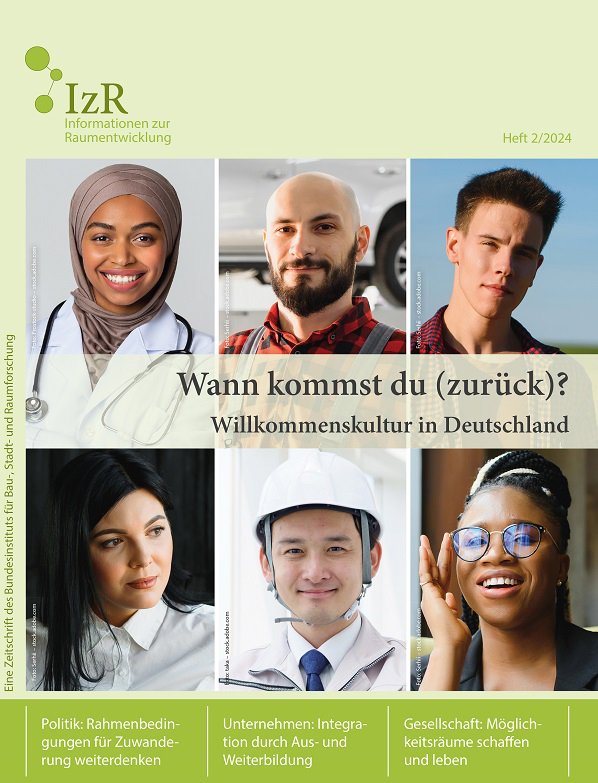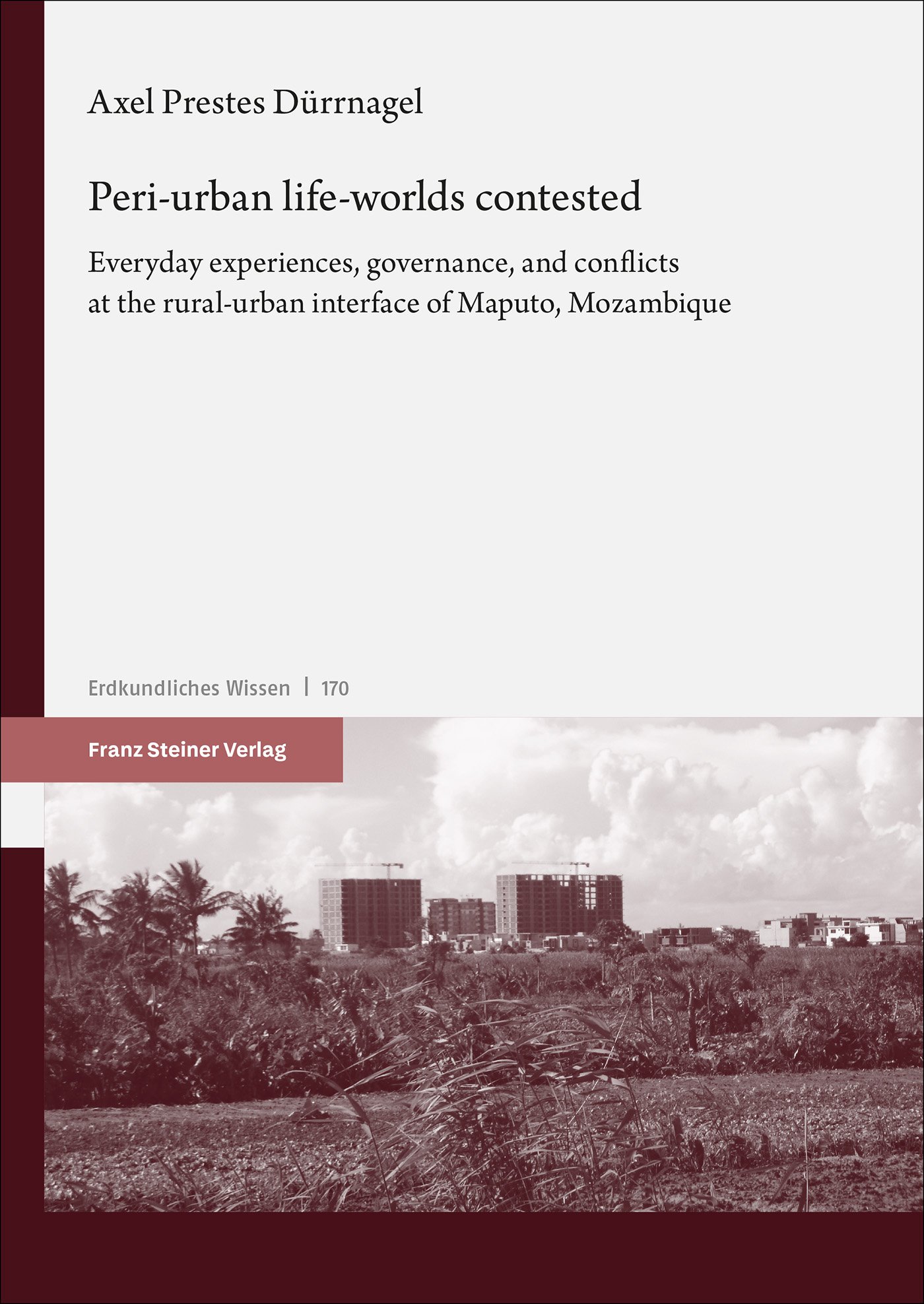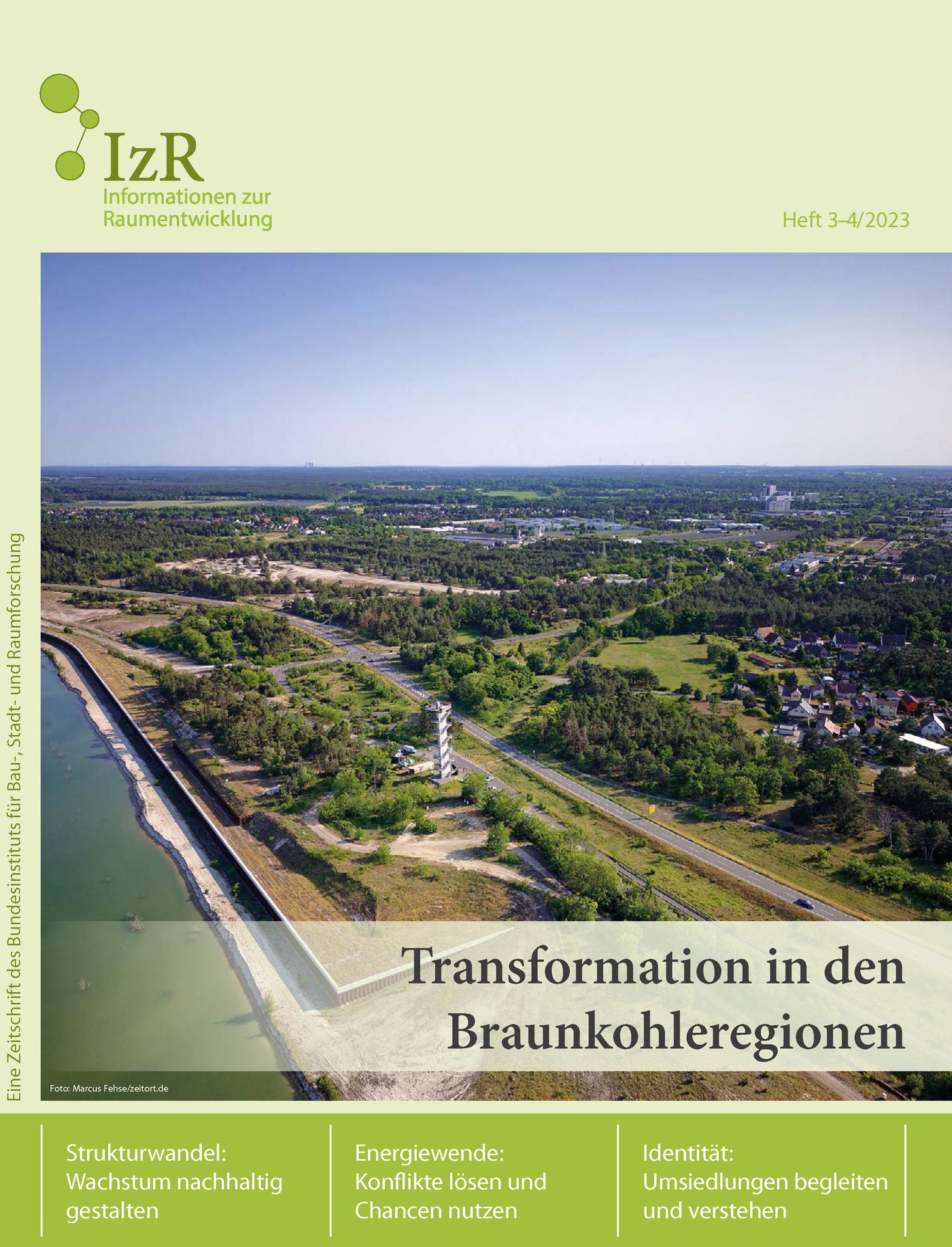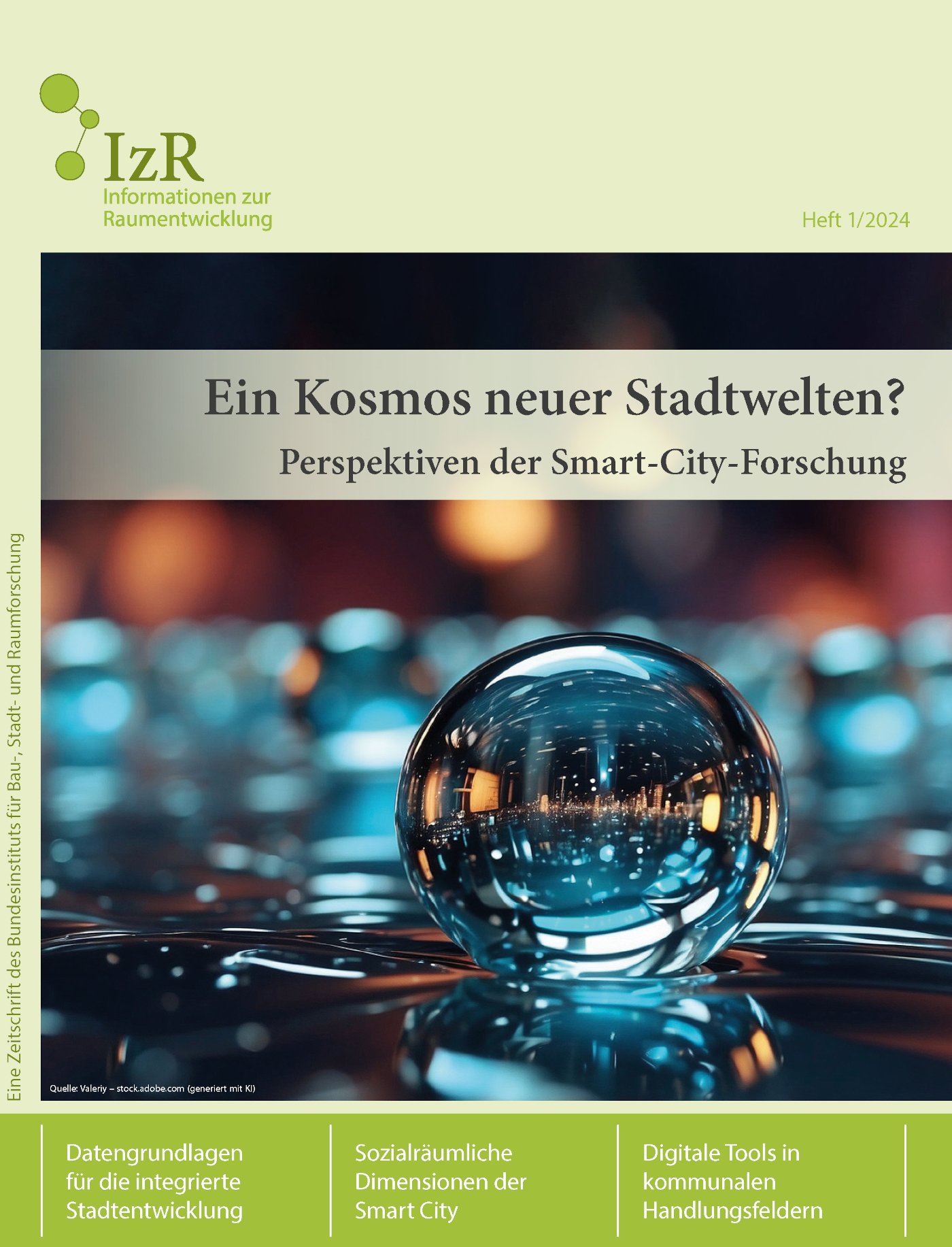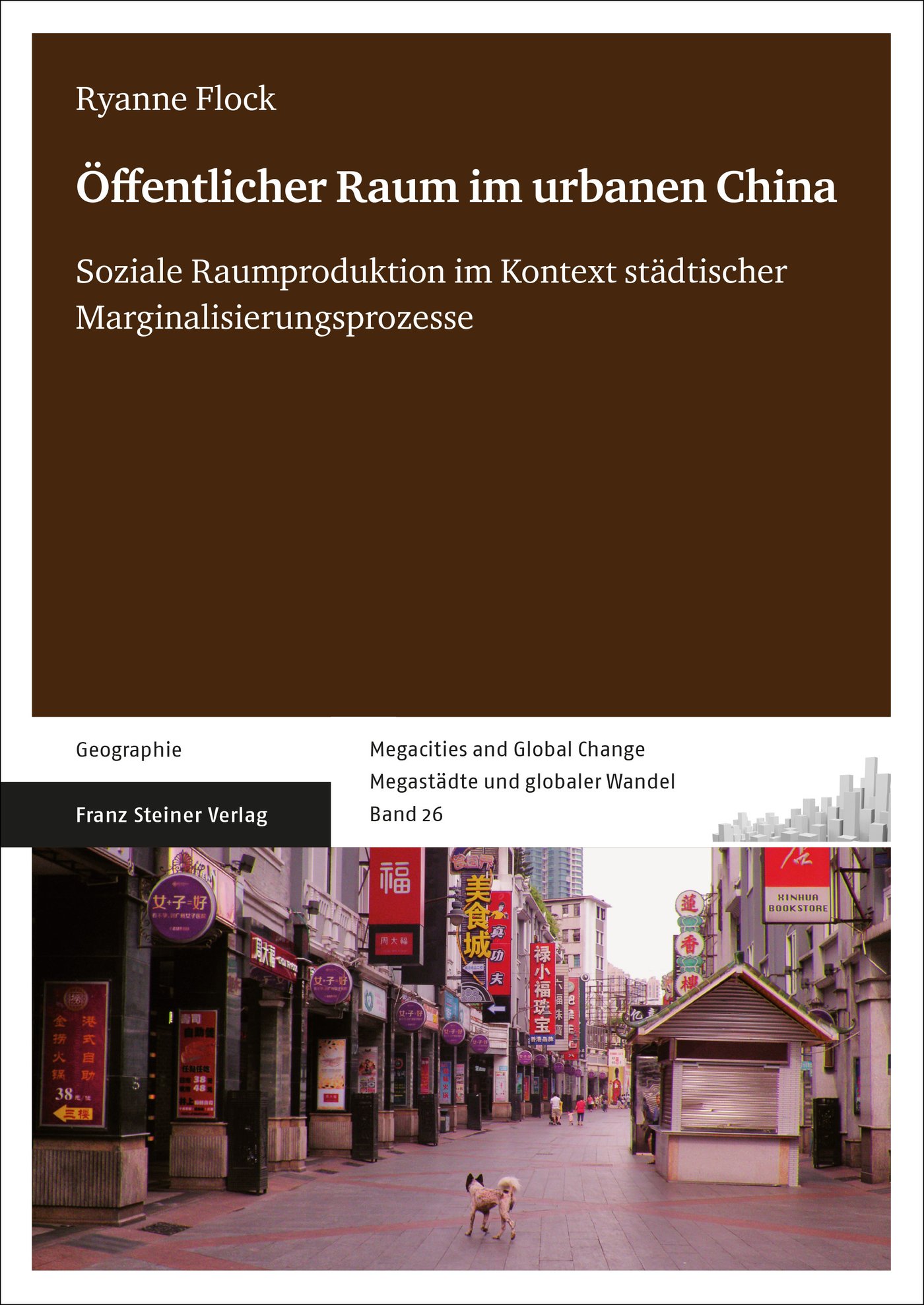Media's Mapping Impulse
Cartography is one of the oldest forms of media. With cartography and media, meaning, ideology, and power are habitually arbitrated across and through space and time. Media has an underlying mapping impulse – a proclivity to comprehend itself and be rendered comprehensible through metaphors of topologies, networks, and flows that lead to the constant evacuation of spaces in order to produce places of communication. Both media and cartography are never static, but instead, are ongoing scopic and discursive regimes that continually make and remake how we understand and interact with our world. Developments in mobile computing have not only increased the pace, flow, and interaction of media across space, but also the ubiquity, and thus the taken-for-grantedness, of mapping. Owing to the practices of the neogeographers of the Geoweb, media requires geographical situatedness in which and for which media can take place. Media's Mapping Impulse is an interdisciplinary collection that explores the relationship between cartography, geospatial technologies, and locative media on the one hand, and new and traditional media forms such as social media, mobile apps, and film on the other.
| Reihe | Media Geography at Mainz |
|---|---|
| Band | 6 |
| ISBN | 978-3-515-12424-9 |
| Medientyp | Buch - Kartoniert |
| Auflage | 1. |
| Copyrightjahr | 2019 |
| Verlag | Franz Steiner Verlag |
| Umfang | 324 Seiten |
| Abbildungen | 63 s/w Abb., 9 s/w Tab. |
| Format | 17,0 x 24,0 cm |
| Sprache | Englisch |
